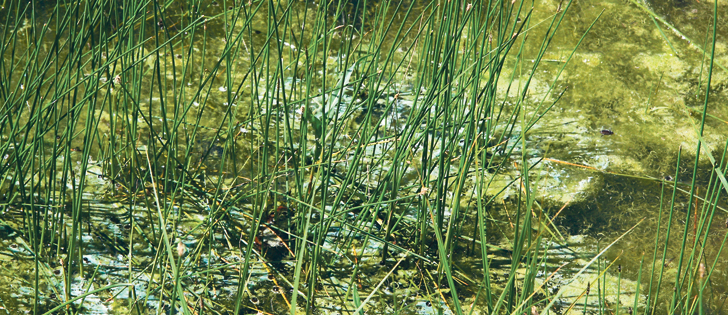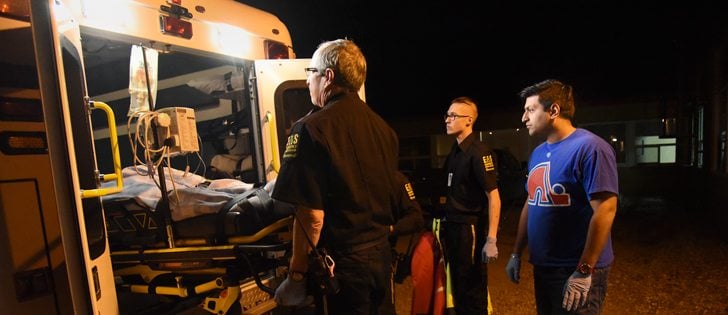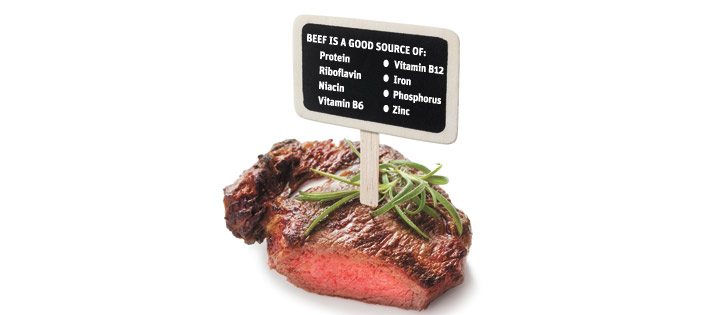Since an outbreak of E. coli connected to contaminated raw milk cheese from British Columbia last month, several media outlets and blogs have indicated it was an isolated incident.
The Canadian Consumer Raw Milk Advocacy Group noted on its website that illnesses related to raw milk cheese are rare and there’s no need to label raw milk cheese as dangerous.
That claim contradicts Health Canada findings.
In a joint report released earlier this year, Health Canada and the United States Food and Drug Administration concluded the risk of food poisoning from raw milk cheese is substantially higher than pasteurized cheese.
Read Also

Chinese, Indian tariffs take toll on pea prices
The disruption of pea exports from Canada’s largest customers will likely result in slow pea exports for the remainder of the crop year.
In a summary of the report, FDA/Health Canada Quantitative Assessment of the Risk of Listeriosis from Soft-Ripened Cheese Consumption in the United States and Canada, scientists at the two agencies found the risk of contracting listeriosis from soft-ripened, raw milk cheese is 50 to 160 times higher than consuming pasteurized soft-ripened cheese, such as camembert.
As of Sept. 24, the Public Health Agency of Canada noted there have been 22 cases of E. coli illnesses in the country, including one death, from contaminated cheese products from Gort’s Gouda Cheese Farm in Salmon Arm, B.C.
Ten of those cases are from B.C., nine in Alberta and one each from Saskatchewan, Manitoba and Quebec.
The FDA-Health Canada report found that pregnant women in Canada are 52 times more likely to develop listeriosis from unpasteurized cheese compared to pasteurized cheese. In the U.S., pregnant women are 96 times more likely to contract listeriosis, which can cause vomiting, diarrhea, blood poisoning and death.
In the U.S. general population, scientists estimated it would take 8.6 billion servings of pasteurized cheese for someone to get sick from cheese contaminated with Listeria Monocytogenes.
In comparison, one in every 55 million servings of raw milk cheese contains enough contaminants to cause a case of listeriosis.
For elderly people the report said one in 2.6 million servings of raw milk cheese would cause a case of listeriosis. For pasteurized cheese, it would take 138 million servings to cause one case of listeriosis.
In percentages, FDA and Health Canada estimate that 3.2 to 4.7 percent of servings of raw milk, soft ripened cheese are contaminated.
On its website Health Canada states that eating raw milk cheese is generally safe, but it can cause serious health effects for children, the elderly, pregnant women and people with a compromised immune system.
“(These groups) should avoid eating cheese made from raw or unpasteurized milk, especially soft and semi-soft varieties (like Brie, Camembert, and blue-veined cheeses). Eat pasteurized milk cheeses in-stead.”















